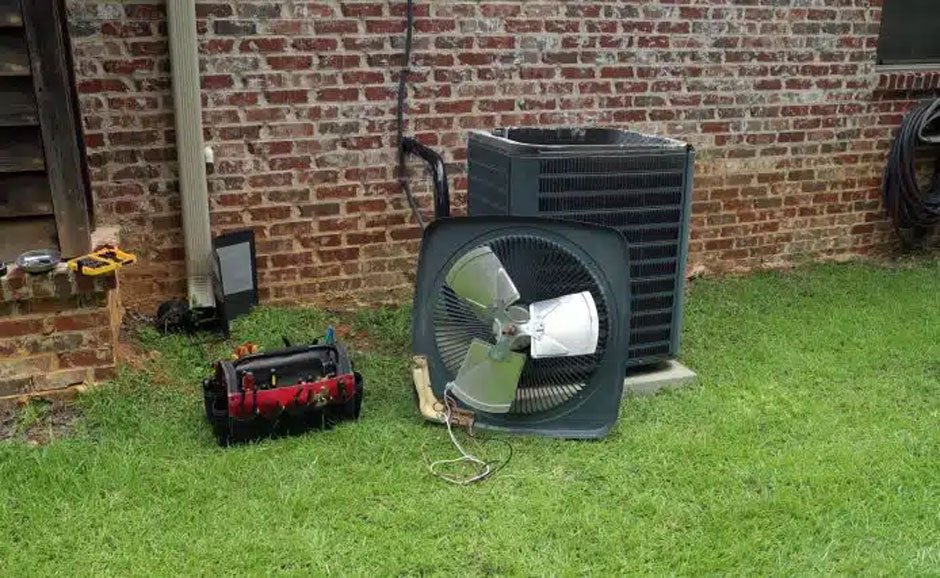
Heat pumps often feel like the quiet workhorses of home heating and cooling, notes property management Carroll MD. They sit outside, mostly ignored, humming away through winters and summers alike, doing the job without much fuss. But behind that quiet efficiency is a fairly complex bit of engineering—one that, like anything mechanical, doesn’t last forever. So how long should a heat pump last? And more importantly, what determines whether it lives a full, productive life or fizzles out early?
The answer depends on more than just the equipment itself. It’s a mix of usage, climate, maintenance, installation quality and, sometimes, a little luck. Let’s unpack what really impacts the longevity of a heat pump system—and how to give yours the best shot at sticking around.
Understanding The Standard Lifespan
Let’s start with expectations. Most manufacturers put the average operational life of a heat pump somewhere between 10 and 15 years. That figure tends to assume standard conditions—moderate climate, regular servicing, no unusual strain. In ideal cases, some systems stretch comfortably past the 15-year mark. Others don’t make it that far.
But while broad estimates help with planning, the real world is messier. Just knowing the lifespan of modern heating systems isn’t all that useful unless you understand why they last—or why they don’t.
Several key factors influence that trajectory. Some are within your control, others less so. Still, even small changes in setup or behaviour can add years to a system’s functional lifespan.
Installation Quality Can Make Or Break It
This is the one people underestimate the most. A heat pump installed slightly off-level, with poor airflow clearance, or mismatched to the size of the space it’s meant to heat? That’s an uphill battle from day one. The system has to work harder, cycle more frequently, and contend with inefficiencies that snowball over time.
And while it might run “just fine” for the first couple of years, those early stressors often show up later as part failures or inefficiencies. The most durable systems aren’t always the most expensive—they’re the ones installed with care, precision and an eye for long-term performance.
Usage Patterns And Local Climate
Heat pumps in temperate regions—say, southern England or parts of the Pacific Northwest—often enjoy a longer, gentler life. The temperature swings aren’t extreme, so the system doesn’t strain as much to extract or release heat. But in areas with more dramatic seasonal changes, or where winter dips well below freezing, the workload ramps up significantly.
It’s not that modern systems can’t handle cold; many are designed for it. But constant heavy lifting shortens the timeline. The more often a heat pump runs, the more wear it experiences—particularly on compressors and reversing valves.
Usage patterns at home matter too. Is the system running almost nonstop because the house is poorly insulated? Or are there big daily temperature swings because someone keeps fiddling with the thermostat? Those habits, while seemingly minor, add up over time.
Routine Maintenance Isn’t Optional
Think of your heat pump like a car. You wouldn’t drive 50,000 miles without an oil change and expect it to run like new. The same goes for heating systems.
Regular cleaning of filters and coils, checking refrigerant levels, clearing debris around the outdoor unit—these are small tasks that prevent major issues. Neglect them for a few years and the system starts to overheat, short-cycle, or drop in efficiency. Eventually, components fail prematurely.
Professional servicing once a year helps catch these issues early. It also gives technicians a chance to recalibrate settings and assess long-term health, which can extend operational life significantly. It’s not about fixing problems once they’re obvious—it’s about making sure they don’t happen in the first place.
Technological Evolution And Parts Availability
Here’s a factor you can’t fully control: obsolescence. Even if a system is mechanically sound after 15 years, sourcing compatible replacement parts may become difficult. Manufacturers phase out models. Components change. Regulations tighten. At some point, the cost and effort of repair outweigh the benefits, and replacement becomes the practical choice.
This doesn’t mean you should replace a working heat pump prematurely. But it does mean that lifespan isn’t always just a question of function—it’s also about whether the system is still serviceable in the context of new standards and market support.
Final Thoughts: Focus On What You Can Influence
You can’t control the weather. You can’t always control how long manufacturers support your model. But you can control how you install, maintain and use your heat pump system. These are the levers that matter most—and the ones that give your system the best shot at crossing the 15-year line with grace.
So if you’re asking how long a heat pump lasts, the real question might be: how well are you treating it? Because lifespan isn’t just about numbers—it’s about conditions, habits and smart choices that build up, quietly, year after year.
